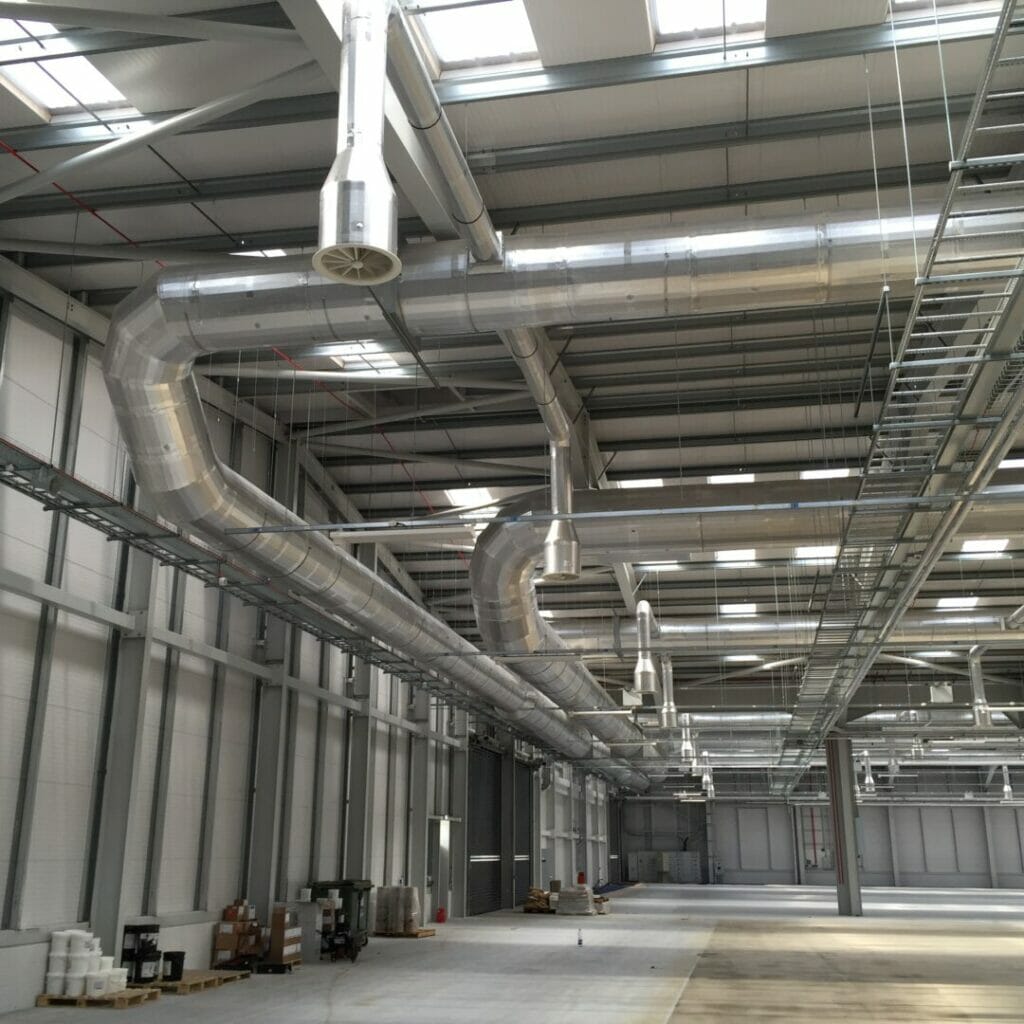
This summer the Committee on Climate Change (CCC) released its 2022 Progress Report to Parliament and found that heat demand in buildings must fall by over 25% before 2035 in order for Britain to meet its net-zero targets. July’s heat wave, with record temperatures across Britain, just serves to underline the urgency in the committee’s call to action for the construction industry.
The CCC found that such a dramatic reduction in emissions would require a substantial ramp-up in the number of annual fabric efficiency upgrades across the UK, in order to ensure improvements in energy performance and reduced energy demand.
The CCC’s report, therefore, follows a trend across scientific research, which is continuing to corroborate the importance of energy efficiency, and the vital role that building ventilation has to play in helping the industry cut emissions.
Earlier this year, for example, the IPCC Report entitled the ‘Mitigation of Climate Change’ found increasing energy efficiency as one of the key methods in reducing greenhouse gas emissions, as well as finding that by 2050, 61% of global building emissions could be mitigated – 42% of which would be down to energy efficiency savings.
Rising energy prices are also a central focus within the commercial sector, with companies incurring the growing costs of running H&V systems. In fact, the Carbon Trust found the costs of heating and ventilation to account for almost of half of an average commercial building’s running costs.
Energy efficiency, too, limits costs to business, presenting both economic and environmental sense for improvements in energy efficiency across our current-and future-building infrastructure.

Improving energy efficiency
Emphasis has been placed on boiler efficiency and on the different forms of heating. Yet, little attention has been given to the energy saving potential of the actual ventilation ductwork.
This is why we need to adopt a whole system approach needs to be taken when looking at heating and ventilation systems. The problem with traditional galvanised steel duct work is that it is prone to leaks and internal contamination resulting in inefficient airflow, and this can undermine energy efficiency savings being delivered elsewhere in the H&V system.
New cryogenic laminate non-metallic ductwork can deliver better airflow, improved insulation, and a drastic reduction of leakage all of which reduces energy consumption of the ventilation system by as much as 20 per cent or 48 per cent, in some cases where air pressure is high. Our tests also show that resin-based ventilation ductwork delivers a friction factor that is one thirteenth that of steel, reducing external static pressure and contributing again to efficiency.
It was these energy efficiency savings which attracted Khansaheb Industries to invest in the Spiralite ventilation systems. As we felt this ductwork can deliver a hat trick of benefits over steel ductwork by offering cheaper running costs, reduced carbon emissions and improving public health.
Energy efficient ductwork has been shown to save around 28,000 tons/year of CO2 savings in one ten-storey building are possible just by using more energy efficient ductwork. This gives Spiralite a lower carbon footprint than steel duct work, alongside no VOCs, CFC/HCFC/HFCs, Low GWP, Zero ODP and minimal site wastage. Resin-based ventilation systems are also lighter than steel and arrive as a flatpack kit, these key features cut transport costs by 85 per cent and again reduce emissions.
Cryogenic laminate non-metallic ductwork also offers significant health benefits by preventing harmful mould that builds up in steel duct work ventilation systems, through drastically reducing condensation. Only last month, scientists at the National Engineering Policy Centre (NEPC) found that mandating improved ventilation and other forms of disease control in public buildings could save the UK economy billions of pounds each year through the prevention of ill health and its societal impacts, according to a report.
Spiralite’s inner surface is bacteriostatic, meaning it does not allow bacteria to adhere to the duct lining and multiply. For example, we tested the performance of a three-year-old traditional steel ductwork system versus a system fitted with Spiralite. The results showed that the older system had a bacterial count per swab of 4,300 per swab. For the Spiralite system, the count was a mere 11 per swab.

Looking to the future
Looking to the future, the record energy prices we are seeing will drive profound changes in industry. Rising energy costs have quadrupled the cost of steel, and the products used in the galvanising process, like zinc and nickel, have also rocketed.
These costs factors have the potential to drive the take-up of cryogenic laminate non-metallic ductwork, like Spiralite, and instigate the gradual decline of steel ductwork in commercial buildings, which would result in significant savings in energy consumption, and the reductions in emissions production that society desperately needs.
Policies will also be needed, however, to support the society-wide ramp up of energy efficiency savings, as we seek to move away from outdated ventilation structures. This will include the application of minimum air quality standards in existing and new buildings, and the provision of grant funding to upgrade fabric efficiency in fuel poor homes, social housing, and public buildings.
